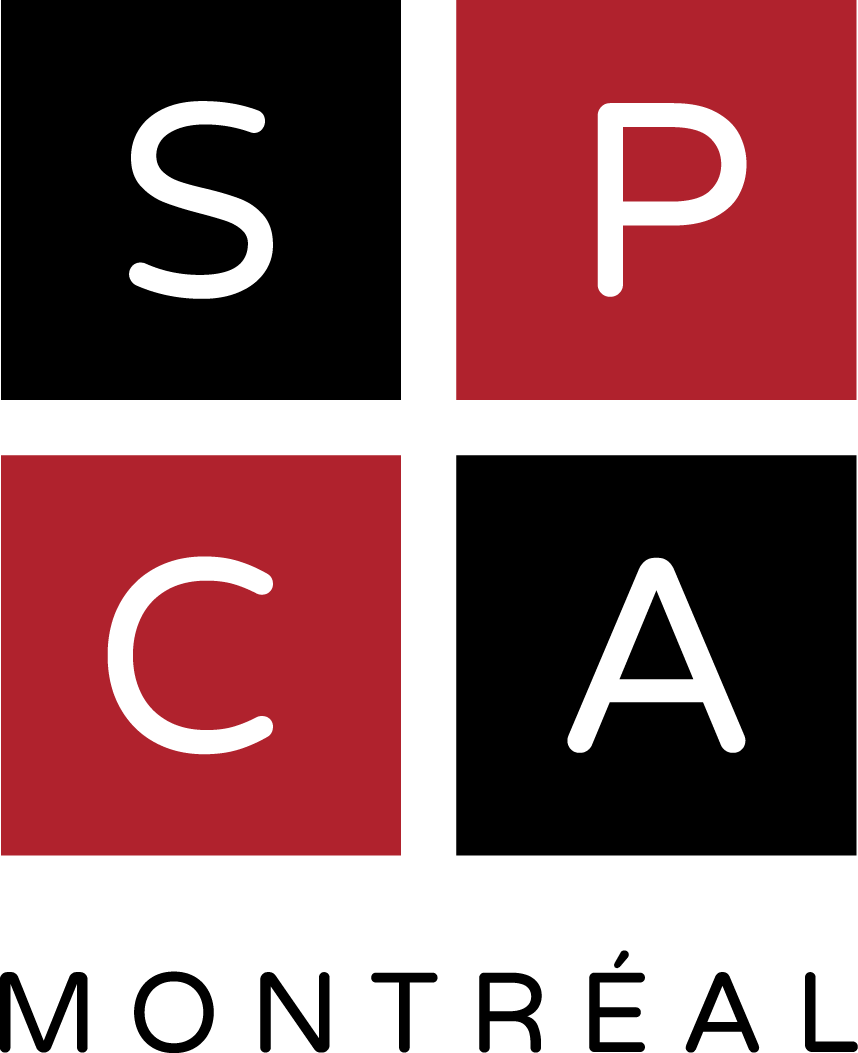Does your dog hate those car rides to the grooming salon? Maybe its strangers the problem or maybe you want to save a few bucks. Whatever the situation, there are many reasons to trim your animal’s claws yourself. Here are a few tips that will guide you through this care routine that is key to your dog’s well-being.
Four mistakes not to make:
- Waiting too long
This is the most common mistake. People wait until their animal’s claws absolutely have to be trimmed before doing something. Imagine how you’d feel with very long toenails in very tight shoes… and not being able to take them off! When dogs are uncomfortable or, even worse, in pain, they certainly won’t enjoy the trimming session. That’s reason enough to trim at the right time.
- Not trimming in summer
Dogs do wear out their claws on summertime strolls, of course, but this wear is often uneven. Not trimming their claws for a whole season can lead to serious problems. Ideally, you should check your animal’s claws in both summer and winter to always keep them at the right length.
Also, some dogs have dewclaws (the equivalent of our thumb). These don’t wear out and can grow a lot over the summer, to the point of puncturing the animal’s skin if not trimmed often enough.
- Using the wrong tool
A trimmer that is worn-out, too large or too small can make cutting more difficult. It can also break your animal’s claws and increase your risk of accidentally cutting the nerve in their claw. Therefore, using the right tool will ensure you cut just the right amount and it will help you prevent accidents.
- Relying just on social media
Some techniques that have gone viral on social media can stress your animal and even be dangerous for the person doing the claw trimming.
If you sense your dog really isn’t enjoying the trimming or is showing signs of aggression, consult a dog trainer. They will help you develop a more harmonious relationship with your animal.
The collaborative approach
Step 1: Associate the claw trimmer with a reward
First of all, when your animal sees the claw trimmer, they should associate it with something nice. Take the tool out several times a day and always give your animal a treat afterwards. This way, instead of hiding behind the couch at the very sight of the tool, your dog will come to you for their favourite treat. Don’t go on to the next step as long as they seem afraid or show signs of wanting to get away from the tool.
Step 2: Find the right position
It’s important your dog is comfortably positioned so they will be able to remain calm for a few minutes. If they can’t keep still, it will be virtually impossible to trim their claws.
Step 3: Practice paw handling
To be able to trim your animal’s claws, you must be able to touch their paws. Teaching your dog to “shake” is a good start, but you’ll need to take it to the next step! Not only do you have to be able to handle each paw, you’ll need to be able to apply light pressure. To be able to move on to the next step, practice with your dog to desensitizing their paws to your touch, and follow each session with a treat of course!
If your dog tries to remove their paw, you’re going too fast and the touch is not yet a positive one for them. If this is the case, be gentler or go slower, moving forward very gradually, until you are able to press on each toe without the dog removing their paw.
Step 4: Introduce the claw trimmer gradually
Once you can handle your animal’s paws without causing any signs of discomfort, gradually bring the claw trimmer closer until you can touch it to your dog and trim their claws.
Again, if your dog removes their paw when you touch it with the tool, you’re going too fast and it’s still not pleasant for your dog. Take it easy so they come to enjoy this routine and it practically becomes a game.
Step 5: Trim those claws… but not all at once!
For the first cut, we strongly recommend not trimming all the claws (that’s why it’s important not to wait until the claws are too long to begin this routine). Trim a few times a week, one or two claws at a time, gradually increasing the number of claws.
Finally, remember that your dog should never be forced to have their claws trimmed. This would create a very negative association with trimming, and increase the chances of the next trimming session turning into a battle with your animal. Although the approach I propose takes time, it is based on respect and collaboration with your animal. Developing this routine is an investment that will have positive repercussions throughout their life, since you will no longer have to catch or hold them down to get the job done. And all that thanks to a few weeks of training!





